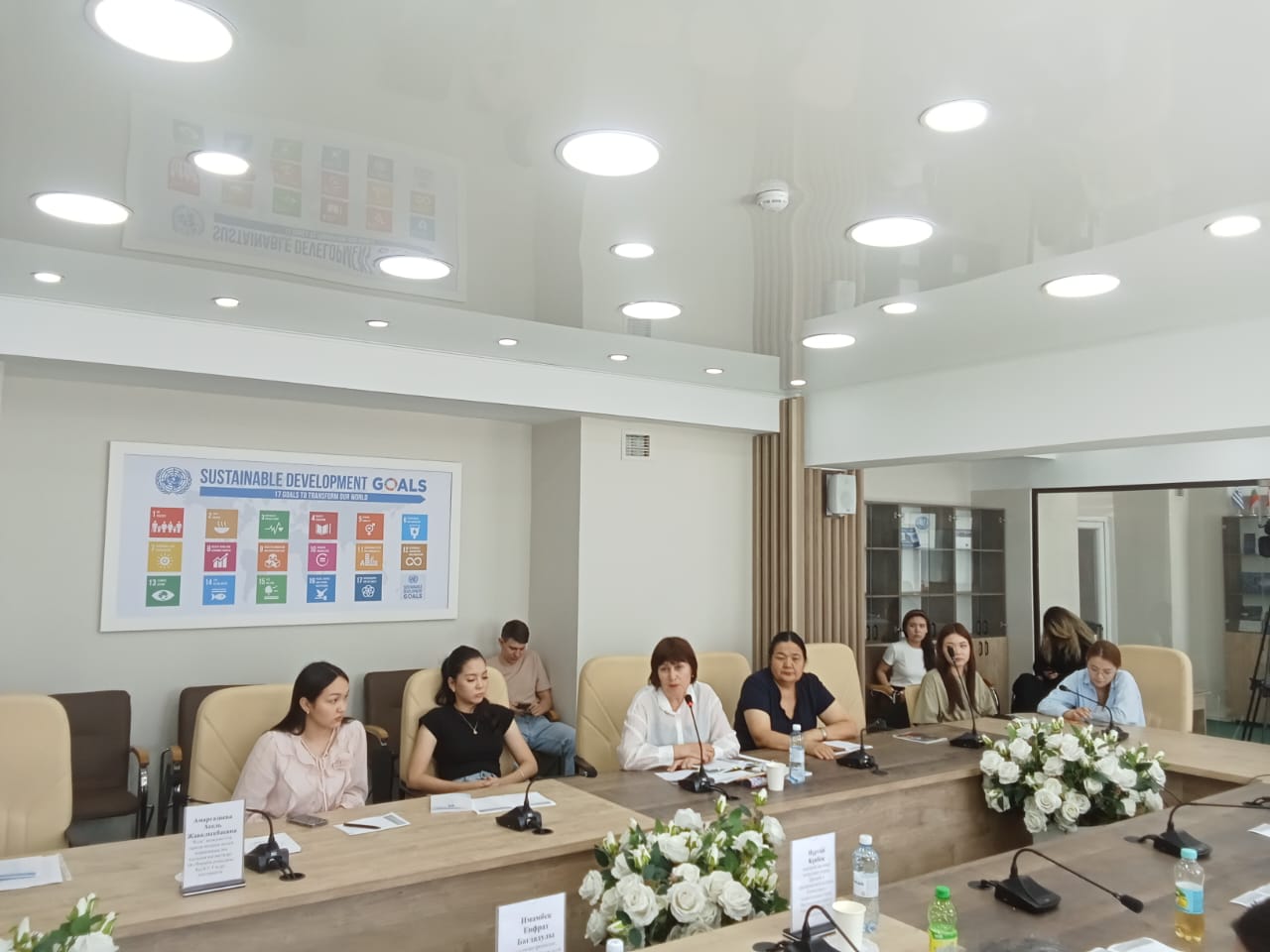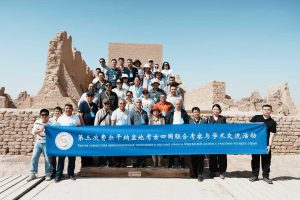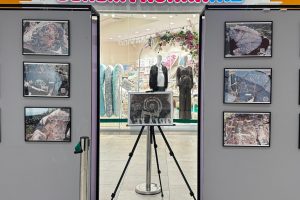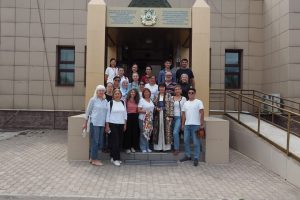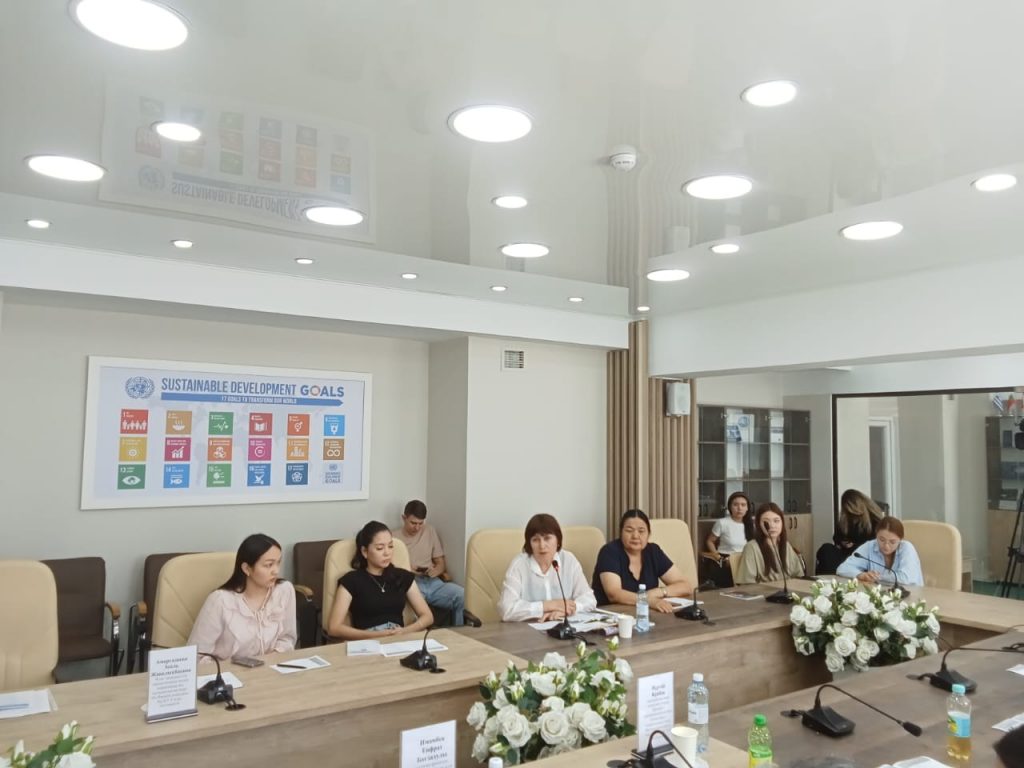
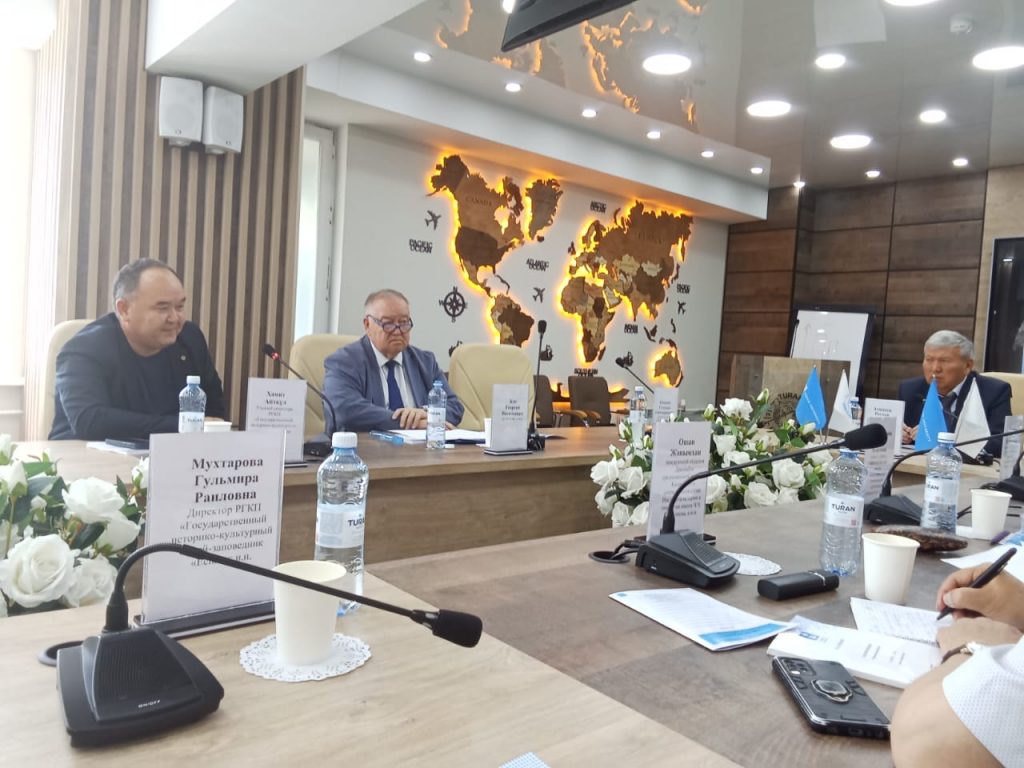
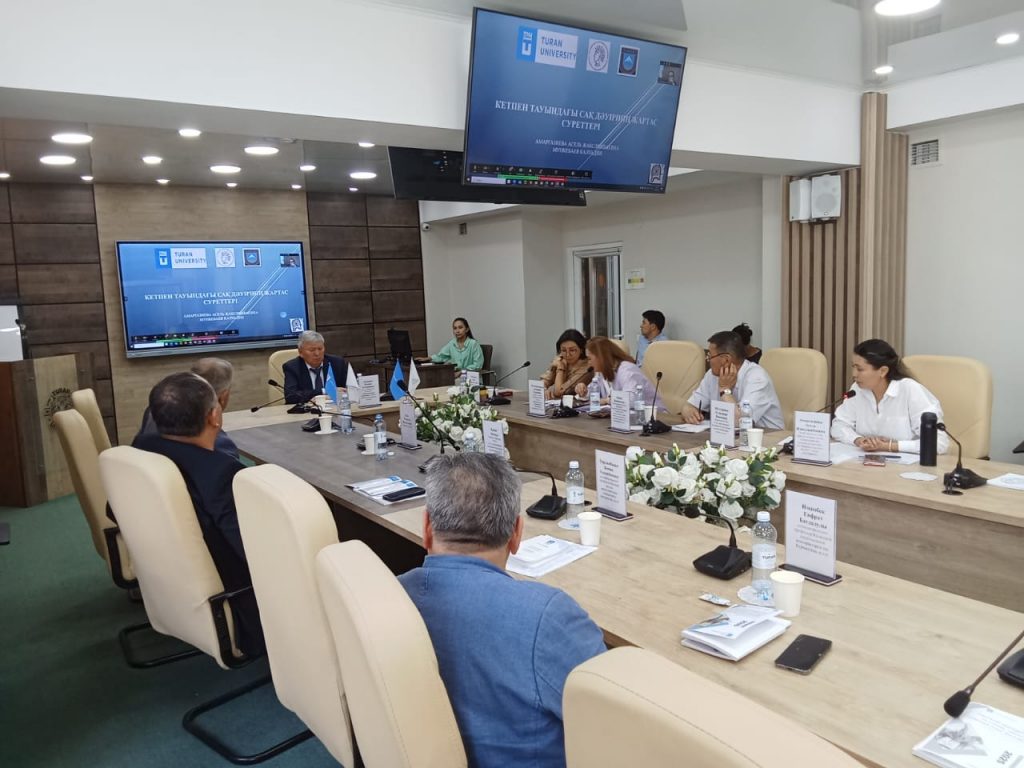
The Center for Regional Studies under the Graduate School of International Relations and Diplomacy at Turan University, in cooperation with the “Esik” State Historical and Cultural Museum-Reserve, organized an international roundtable titled “Saka Meridian: History, Science, and a New Perspective.”
The event, held at Turan University in Almaty, brought together Kazakhstani historians, archaeologists, museum specialists, as well as scholars from Azerbaijan and Uzbekistan. Participants exchanged experiences and discussed research issues related to the Saka era.
The chairman of the organizing committee, President of the Association of Higher Education Institutions of Kazakhstan, and Rector of Turan University, Rakhman Alshanov, emphasized the need for an in-depth analysis of ancient historical data and its reinterpretation through the lens of modern scholarship.
Director of the “Issyk” State Historical and Cultural Museum-Reserve, Gulmira Rayylkyzy Mukhtarova, highlighted the importance of relying on accurate scientific methods when studying national history, taking into account the challenges of the contemporary world.
Gulmira Rayylkyzy, discussing the work of the “Esik” museum-reserve, stated:
“Our main objects of study are the Golden Man and the Esik burial mound, as well as the history of Saka culture. One of the archaeologists who first discovered the Golden Man, Bekmukhanbet Nurmukhambetov, suggested that the Rakhat Complex could have been the ‘White Residence of the Golden Man’ and proposed a comprehensive study of the area. To this day, in collaboration with foreign experts, extensive research continues on monuments of various types and eras within this complex. Additionally, our specialists do not rely solely on mythological sources when studying the history and culture of the Saka but base their conclusions on modern methods such as genetic, osteological, geomorphological, palynological, and radiocarbon analyses. As a result of these studies, some previously assigned periods have been revised; for example, some sites previously classified as Saka have now been reattributed to the Usun period.”
Scientific secretary of the “Issyk” Museum-Reserve, Khamit Amantayuly Aitkul, presented a report titled “Sarytogay – Valley of the Saka”, sharing findings from the 2024 scientific-applied research project on the Sarytogay burial grounds.
Senior researcher of the museum-reserve and first-year PhD student at Al-Farabi Kazakh National University, Asel Zhaksylykbaykyzy Amargaziyeva, gave a presentation titled “Saka-Era Petroglyphs in the Ketpen Mountains.” She introduced the latest research results and examined the stylistic and artistic features of images from the Saka-Usun period.
The goal of the event was to identify modern approaches and new methodological perspectives in the study of Saka culture, as well as to explore how Saka heritage has influenced the formation of the ethnic identity of present-day Eurasian peoples. The event also aimed to involve specialists from various fields—archaeology, linguistics, history, and anthropology—for a multidisciplinary study of Saka culture. In addition, the roundtable emphasized the educational and tourism potential of Saka culture, the importance of proposing new scientific hypotheses and sharing archaeological discoveries, the possible influence of Saka culture on ancient cartographic and astronomical ideas, and the need to highlight the achievements of the Saka civilization and promote the region’s cultural and historical heritage.

